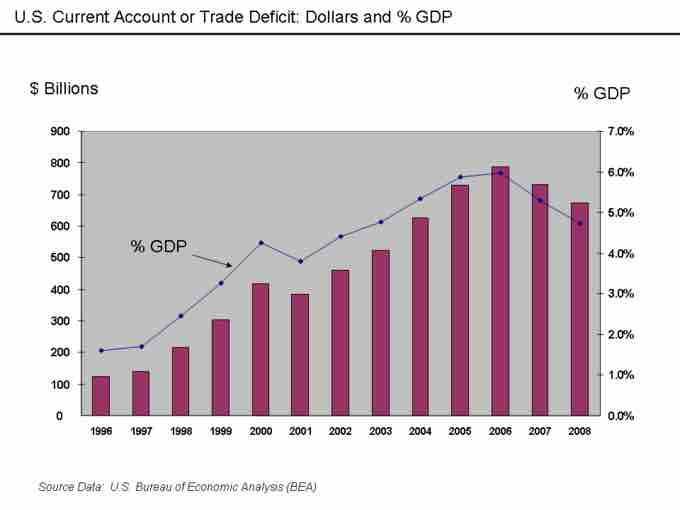The balance of payments (BOP) is a record of all monetary transactions between a country and the rest of the world. This includes payments for the country's exports and imports, the sale and purchase of assets, and financial transfers. The BOP is given for a specific period of time (usually a year) and in terms of the domestic currency.
Whenever a country receives funds from a foreign source, a credit is recorded on the balance of payments. Sources of funds include exports, the receipt of loans or investment, and income from foreign assets. Whenever a country has an outflow of funds, such as when the country imports goods and services or when it invests in foreign assets, it is recorded as a debit on the balance of payments.
When all components of the BOP accounts are included they must sum to zero with no overall surplus or deficit. For example, if a country is importing more than it exports, its trade balance will be in deficit, but the shortfall will have to be counterbalanced in other ways – such as by funds earned from its foreign investments, by running down central bank reserves, or by receiving loans from other countries .

U.S. Current Account
The chart shows the current account deficit of the U.S., both in dollars and as a percent of GDP. Deficits in the current account must be offset by surpluses in the financial and capital accounts.
Components of the Balance of Payments
The BOP can be expressed as:
The current account records the flow of income from one country to another. It includes the balance of trade (net earnings on exports minus payments for imports), factor income (earnings on foreign investments minus payments made to foreign investors), and cash transfers.
The financial account records the flow of assets from one country to another. It is composed of foreign direct investment, portfolio investment, other investment, and reserve account flows.
The capital account is typically much smaller than the other two and includes miscellaneous transfers that do not affect national income. Debt forgiveness would affect the capital account, as would the purchase of non-financial and non-produced assets such as the rights to natural resources or patents.
The balancing item is simply an amount that accounts for any statistical errors and ensures that the total balance of payments is zero.